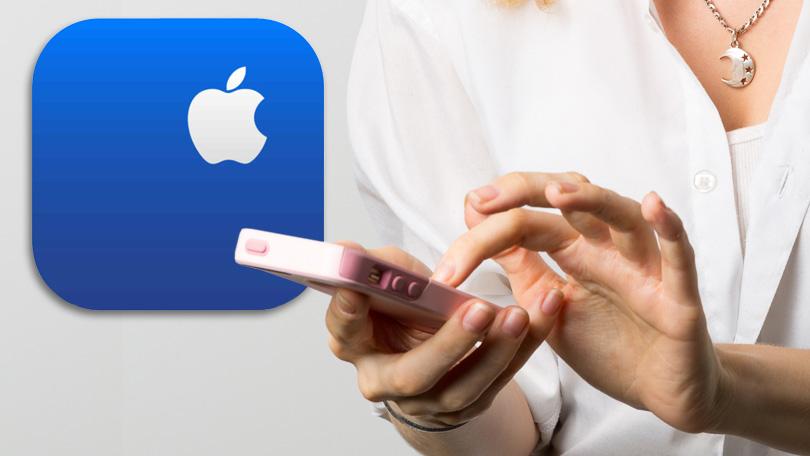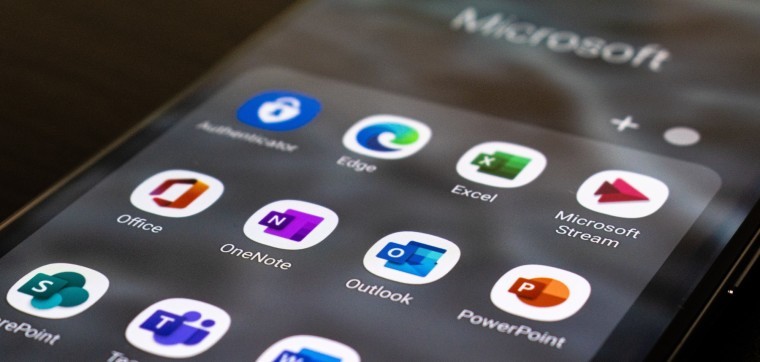
Mobile devices have become indispensable in our daily lives in today’s fast-paced digital world. These gadgets, from smartphones to tablets, are crucial in keeping us connected, informed, and productive. However, mobile devices are prone to technical issues and challenges like any technology. This is where mobile tech support teams step in. In this article, we’ll explore how these teams tackle technical challenges to ensure smooth functioning and optimal performance of mobile devices.
Remote Assistance and Troubleshooting
One primary way mobile tech support teams tackle technical challenges is through remote assistance and troubleshooting. With the help of advanced software tools and technologies, support technicians can remotely access users’ devices to diagnose and resolve issues in real time. Whether troubleshooting software glitches, configuring settings, or resolving connectivity issues, remote assistance allows tech support teams to provide quick and efficient solutions without needing physical intervention.
Knowledge Base and Self-Help Resources
Mobile tech support teams often maintain a comprehensive knowledge base and self-help resources to empower users to troubleshoot common issues independently. These resources may include troubleshooting guides, FAQs, video tutorials, and step-by-step instructions for resolving common technical problems. By encouraging users to utilize self-help resources, tech support teams can alleviate the burden on their resources while empowering users to become more self-sufficient in addressing minor technical issues.
Live Chat and Instant Messaging Support
In addition to traditional phone support, many mobile tech support teams offer live chat and instant messaging support as convenient channels for users to seek assistance. Live chat lets users connect with support agents in real time, enabling quick communication and problem resolution. This support mode is particularly beneficial for users who prefer text-based communication or require immediate assistance but may not have access to a phone.
Diagnostic Tools and Remote Monitoring
Mobile tech support teams leverage diagnostic tools and remote monitoring solutions to proactively identify and address potential issues before they escalate into major problems. These tools enable support technicians to monitor the health and performance of mobile devices in real time, detect anomalies, and take proactive measures to prevent downtime or system failures. By employing proactive monitoring and maintenance strategies, tech support teams can minimize disruptions and ensure the reliability of mobile devices.
On-Site Support and Field Services
In cases where remote assistance is not sufficient to resolve technical challenges, mobile tech support teams may deploy on-site support and field services. Trained technicians visit users’ locations to troubleshoot complex issues, perform hardware repairs or replacements, and provide hands-on support. On-site support ensures prompt resolution of technical problems that cannot be addressed remotely, minimizing user downtime and disruptions.
Continuous Training and Skill Development
Mobile tech support teams invest in continuous training and skill development so that their technicians stay abreast of evolving technologies and trends. This includes providing training on the latest mobile devices, operating systems, software applications, and troubleshooting techniques. Tech support teams ensure high-quality service delivery and customer satisfaction by equipping support technicians with the knowledge and skills to tackle technical challenges effectively.
Mobile tech support teams ensure mobile devices’ smooth functioning and optimal performance in today’s digital landscape. By leveraging remote assistance, self-help resources, live chat support, diagnostic tools, on-site services, and continuous training, these teams effectively tackle technical challenges and provide timely solutions to users’ problems. With their expertise and dedication, mobile tech support teams enhance user experience and maximise mobile technology’s value for individuals and businesses.
The Ultimate Guide to Mobile Tech Support
Mobile devices have become indispensable tools for communication, productivity, and entertainment. Mobile technology has revolutionized how we live and work, from smartphones to tablets to wearable devices and other gadgets. However, like any technology, mobile devices are prone to technical issues and glitches that can disrupt our daily lives. That’s where mobile tech support comes in. In this comprehensive guide, we’ll explore everything you need about mobile tech support, from common technical issues to troubleshooting tips and resources for resolving problems.

Common Mobile Technical Issues
Mobile devices are complex systems that can experience various technical issues. Some of the most common problems mobile users face include hardware issues such as battery drain, screen damage, and speaker problems. Software glitches, such as app crashes, freezing, and operating system errors, are common. Connectivity issues, such as Wi-Fi problems and Bluetooth connectivity issues, can hinder the functionality of mobile devices. Additionally, security concerns, such as malware infections and data breaches, pose significant risks to mobile users’ privacy and security.
Types of Mobile Devices
Mobile devices come in various forms, including smartphones, tablets, wearable devices, and other gadgets. Smartphones are the most common mobile device, with operating systems such as iOS, Android, and Windows powering millions of devices worldwide. Tablets like the iPad and Android tablets offer larger screens and enhanced productivity features. Wearable devices, such as smartwatches and fitness trackers, provide users with real-time access to notifications, health tracking, and other functionalities. Other mobile gadgets, such as e-readers and gaming devices, cater to specific use cases and preferences.
Mobile Operating Systems
Mobile devices run on different operating systems, each with its features and functionalities. iOS, developed by Apple, powers iPhones and iPads and is known for its user-friendly interface and seamless integration with other Apple devices and services. Android, developed by Google, is the most widely used mobile operating system globally, offering a customizable user experience and access to a vast ecosystem of apps and services. Windows, developed by Microsoft, is less prevalent in the mobile market but offers unique productivity features and compatibility with Windows-based PCs and devices.
Remote Troubleshooting Techniques
Remote troubleshooting allows mobile tech support professionals to diagnose and resolve technical issues without physically accessing the device. Remote access tools enable support agents to view the device’s screen, control its functions, and troubleshoot software problems remotely. Step-by-step guides and tutorials provide users with instructions for independently troubleshooting common issues. Remote troubleshooting is convenient for users and support agents, as it eliminates the need for in-person visits and allows for quick problem resolution.
On-Site Support Services
In cases where remote troubleshooting is not feasible or effective, on-site support services may be required. On-site support involves sending a technician or support agent to the user’s location to diagnose and resolve technical issues. On-site support is ideal for complex hardware problems, such as screen replacements and hardware upgrades, that cannot be fixed remotely. However, on-site support may be more costly and time-consuming than remote troubleshooting, so it is typically reserved for more severe cases.
DIY Troubleshooting Tips
Many mobile technical issues can be resolved through DIY troubleshooting techniques. Basic troubleshooting steps include restarting the device, clearing cache and data, updating software and apps, and resetting network settings. Online resources, forums, and communities provide users access to troubleshooting guides, tutorials, and peer support. However, it’s essential to exercise caution when attempting DIY fixes, as improper troubleshooting can worsen the problem or void the device’s warranty. When in doubt, seeking professional tech support is best to avoid further damage or data loss.
Mobile Security Best Practices
Mobile security is a top priority for users, given the increasing prevalence of cyber threats and data breaches. To protect their devices and data, users should follow mobile security best practices, such as using strong passwords and biometric authentication methods, keeping software and apps up to date, and avoiding suspicious links and downloads. Mobile antivirus software and security apps provide additional protection against malware, phishing attacks, and other threats. By adopting proactive security measures, users can minimize the risk of security breaches and safeguard their personal information.
Data Backup and Recovery
Data backup is essential for protecting valuable information stored on mobile devices, such as photos, videos, contacts, and documents. Backup methods include cloud backup, local backup to external storage devices, and automatic backups using built-in device features or third-party apps. In the event of data loss or device failure, data recovery techniques can help users retrieve lost or deleted files and contacts. However, it’s crucial to establish a regular backup routine and test the backup and recovery process to ensure data integrity and accessibility when needed.
Customer Service and Support Channels
Mobile manufacturers and carriers provide customer service and support channels to assist users with technical issues and inquiries. Support options include phone support, email support, live chat, and social media channels. Users can contact customer support agents to report problems, ask questions, and seek assistance with troubleshooting and repairs. Escalation procedures are available for unresolved issues and complaints, allowing users to escalate their concerns to higher levels of support or management for resolution.
Mobile Tech Support Tools and Resources
Mobile tech support professionals use various tools and resources to effectively diagnose and troubleshoot technical issues. Remote access tools, diagnostic software, and troubleshooting guides are essential for remote support sessions. Online resources, forums, and communities provide support agents with access to knowledge bases, troubleshooting articles, and peer support networks. Training and certification programs equip aspiring mobile tech support specialists with the skills and expertise to succeed.
Case Studies: Success Stories of Mobile Tech Support
Real-world examples illustrate the value of mobile tech support in resolving complex technical issues and delivering exceptional customer service. Case studies highlight success stories of support agents diagnosing and fixing hardware and software problems, restoring data from backups, and providing personalized assistance to users. We can identify the strategies and techniques used to solve challenging problems and deliver positive user outcomes by analyzing these case studies.
Future Trends in Mobile Tech Support
The future of mobile tech support is shaped by emerging technologies and innovations transforming how we use and interact with mobile devices. Predictions for the future include advancements in remote troubleshooting tools and techniques, the integration of artificial intelligence and machine learning into support workflows, and the proliferation of self-service support options and chatbots. Opportunities and challenges arise as mobile technology evolves, requiring support professionals to adapt to new trends and technologies to meet users’ needs effectively.

